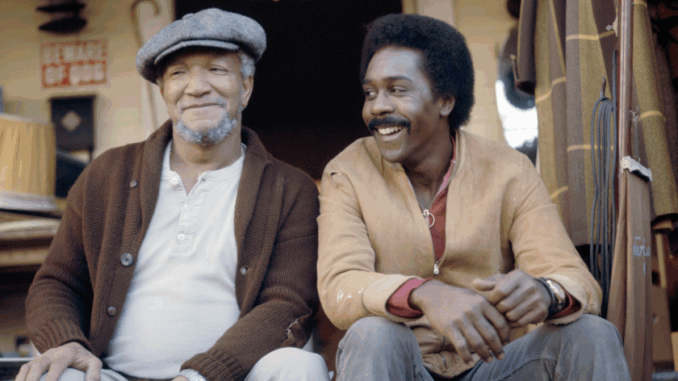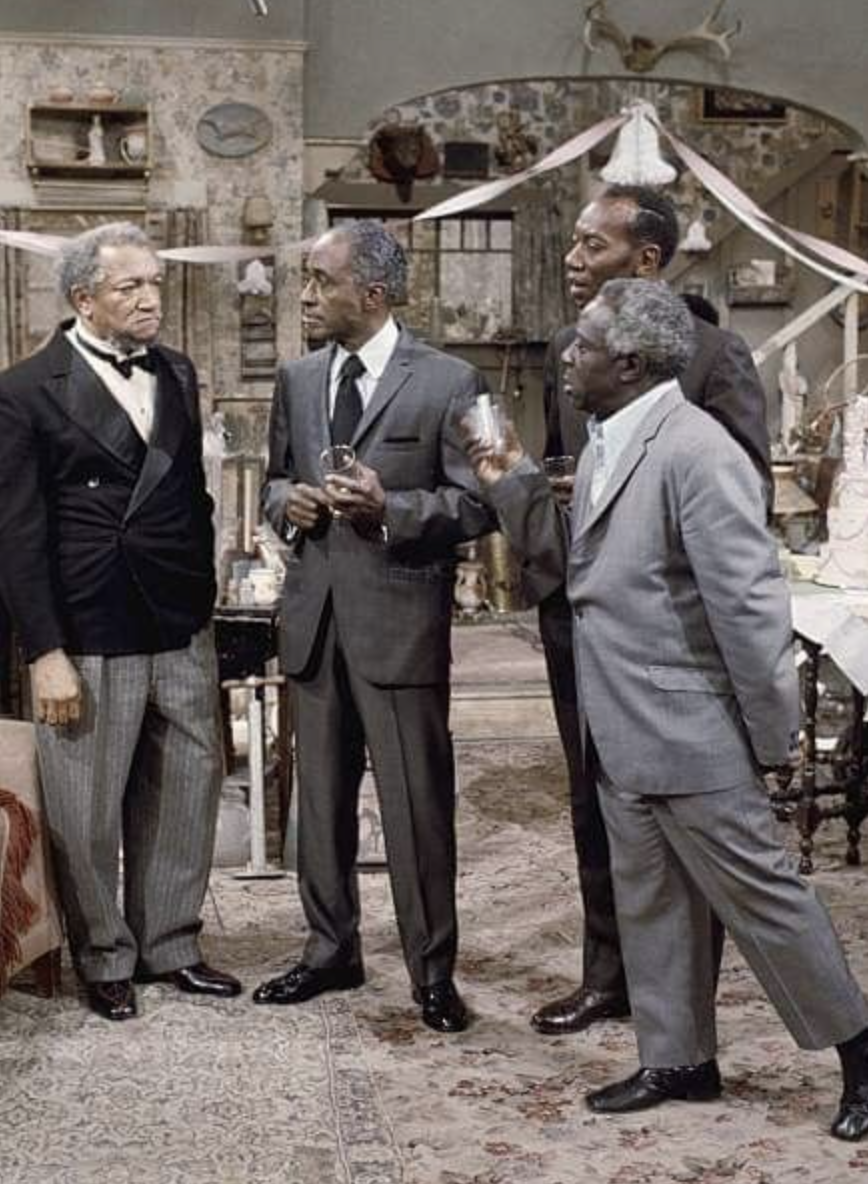
While Sanford and Son brought endless laughter to millions, the story behind the beloved sitcom was often as complex and dramatic as the on-screen antics. From groundbreaking comedy to behind-the-scenes struggles, the show’s journey was far from smooth, yet its influence on television remains undeniable.
Let’s dig into some of the lesser-known aspects that shaped this iconic series and its lasting legacy.
The Americanization of a British Hit
Many fans might not realize that Sanford and Son was actually based on a hugely successful British sitcom called Steptoe and Son. Producer Norman Lear (the genius behind All in the Family and The Jeffersons) saw the universal appeal of the father-son junk dealer dynamic and brilliantly adapted it for an American audience, injecting it with unique cultural nuances and the undeniable comedic voice of Redd Foxx. The core premise was the same, but the execution was distinctly American and, thanks to Foxx, distinctly Fred Sanford.
Redd Foxx’s Demands and Departures
Redd Foxx was a comedic force, but he was also known for being a demanding presence behind the scenes. Throughout the show’s run, Foxx famously walked off the set multiple times due to disputes over his salary, working conditions, and creative control. These clashes often halted production and created tension, but they also highlighted Foxx’s awareness of his own worth and his desire to be treated fairly in an industry that hadn’t always recognized the talent of Black performers. His leverage stemmed from his undeniable popularity; viewers simply couldn’t get enough of Fred Sanford.
Demond Wilson’s Frustrations
While Foxx was the star, Demond Wilson, as Lamont, was crucial to the show’s dynamic. He often played the straight man, reacting to Fred’s outrageous schemes. However, Wilson reportedly grew frustrated with the show’s repetitive storylines and the constant focus on Fred’s antics, often feeling his character wasn’t given enough depth or development. These creative differences, combined with Foxx’s salary demands, contributed to the show’s relatively short, but impactful, run of five seasons.
A Powerful Legacy of Representation
Despite the behind-the-scenes challenges, Sanford and Son‘s cultural impact is immense. It normalized the presence of a working-class Black family on national television, presenting them not as stereotypes but as complex, relatable individuals. The show tackled issues of race, class, and family values with a directness and humor that resonated with audiences of all backgrounds. It paved the way for future Black sitcoms and showed networks that diversity on screen was not only viable but incredibly popular.
Enduring Influence
Even today, the comedic rhythms, the character archetypes, and the memorable lines of Sanford and Son can be seen echoed in modern comedies. It proved that a show could be outrageously funny while also being subtly progressive. The cluttered junkyard of Fred and Lamont became a cherished television home, a testament to the show’s ability to transcend its era and remain a beloved classic.

